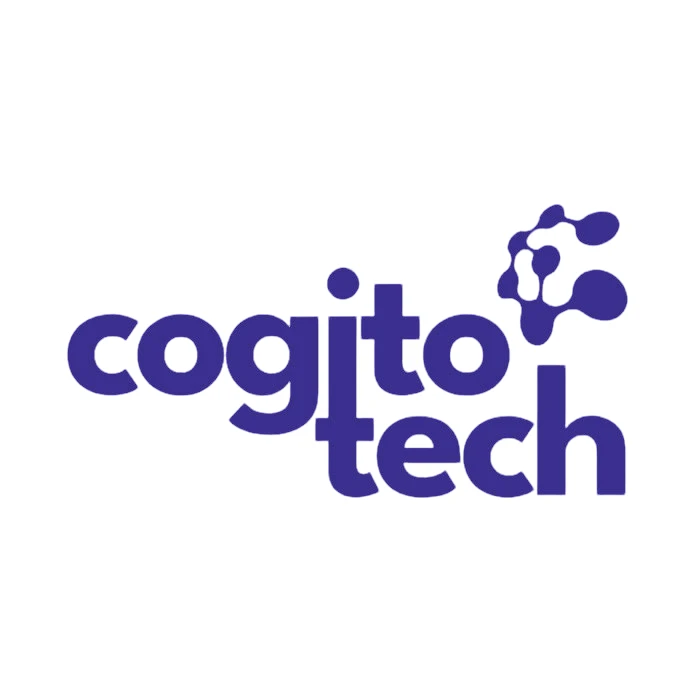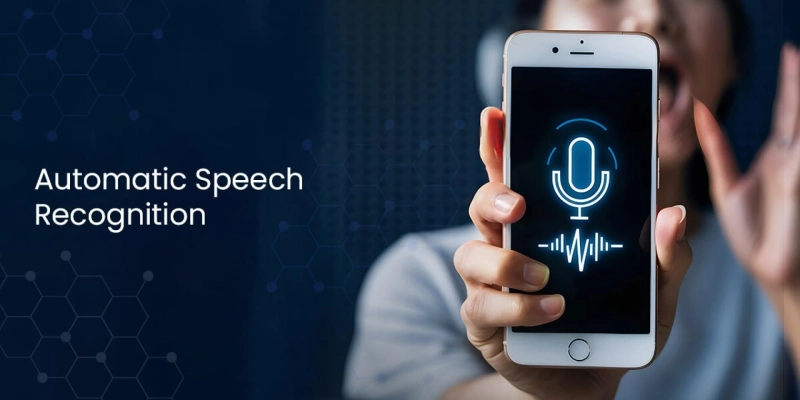Automatic Speech Recognition technology has come a long way and continues to evolve, with its applications rapidly growing across various industries. Whether we are telling Alexa to play our favorite playlist, asking Siri to set an alarm, or taking the help of Google Assistant for navigation while driving, ASR works silently behind the scenes. By enabling auto-captions on TikTok, Instagram, and YouTube, speech AI is making content more accessible to broader audiences.
Thanks to advancements in AI and NLP technologies, speech recognition systems now offer greater accuracy, speed, and clarity. They are capable of understanding diverse voices and accents, making them increasingly useful in everyday life and business.
This article delves into the realm of automatic speech recognition, exploring how speech recognition is shaping the future—highlighting the role of quality audio data and diverse speaker profiles in automatic speech recognition development.
What is Automatic Speech Recognition?
Automatic speech recognition, also known as ASR, speech-to-text (STT), and voice recognition, is a technology that converts spoken language (audio signals) into written text. Advanced ASR systems can understand and transcribe spoken language with different regional dialects and accents. ASR is commonly used in user-facing applications such as virtual agents, clinical note-taking, and live captioning.
How Does Voice Recognition Work?
Developing a technology that can understand thousands of languages and dialects worldwide is a challenging task. Advanced versions of ASR systems use natural language processing machine learning techniques. They capture real conversation between humans and use machine learning algorithms to process them. The accuracy of ASR depends on factors such as background noise, speaker volume, and the quality of recording equipment. ASR system developers incorporate a large number of language-learning mechanisms into the model to ensure precision and efficiency.
ASR relies on several key processes to transcribe spoken words into text.
- Audio Capture: A microphone listens to the user’s voice and converts the sound waves into electrical signals, essentially converting sound into electricity.
- Audio Pre-processing: This process involves making audio more understandable for computers. The electrical signal is first converted into a digital format and then cleaned through noise reduction and other enhancements, making the audio clearer for machines.
- Feature Extraction: The system analyzes the cleaned-up digital audio to identify acoustic features in the speech, such as pitch, energy, and frequency components present in voice (spectral coefficients) that distinguish different speech sounds.
- Acoustic Modeling: Now the system draws relationships between audio features and basic speech sounds known as phonemes. The acoustic models link the extracted features, such as a pitch, to specific phonemes, such as the “oh” sound or the “k” sound. Acoustic models are trained on large volumes of labeled data.
- Language Modeling: A sequence of phonemes is assembled into words and phrases using statistical language models that understand context. Based on this context, the models predict which sequences of words are most likely to occur. For example, if “ice cream” is used, the model recognizes that “I scream” is less likely in most situations.
- Decoding: Involves using both the information from acoustic models and language models to find the most probable word sequence that matches the input audio. Decoding is like solving a puzzle, where the pieces are the sound information and the rules are the patterns of language.
Annotated Data for Speech Recognition Models
ASR models are trained on massive amounts of annotated audio data. The data needs to be labeled with the correct transcriptions to enable the model to associate audio patterns with words and phrases. However, annotating audio data can be more challenging than image and text annotation due to factors such as various speech modules, tones, and accents.
While labeling data, annotators need to understand human speech and specific acoustic features that distinguish different words and sounds. Here are some important factors that need to be considered while annotating audio data:
- Accents: The speaker’s accent is a critical factor in training voice recognition models. For example, a model trained on one accent might struggle to correctly understand the same words spoken with a different accent.
- Emotion: Speech patterns change when people feel strong emotions like anger or sadness. They might speak faster, slower, or even mispronounce words.
- Intent: The purpose behind the speaker’s words could also make a huge impact. For example, if someone is being sarcastic, the literal meaning of their words might not reflect their true intention.
- Background Noise: Any sounds like traffic, music, or other people’s conversations which are not part of the speech signal can make it difficult to hear the actual words clearly.
These variables make the annotation process more challenging, potentially leading to errors in transcription. However, with accurate labeling, ASR systems can effectively map audio patterns to their corresponding labels.
Virtual Assistants and Smart Devices Using ASR
The advent of artificial intelligence and machine learning technologies has amplified the applications of ASR systems, thanks to their ability to perform multiple tasks promptly using hands-free control and interaction. Common virtual assistants and smart devices that use speech recognition technology include:
- Alexa: Amazon Alexa is one of the most popular virtual assistant technologies, with above 75.6 million users globally.
- Apple Siri: As the first AI voice assistant on smartphones to revolutionize speech-to-text technology, Siri is a well-established and globally accessible ASR system, available in more than 30 countries and supporting over 21 languages worldwide.
- Google Assistant: One of the most advanced chat-based tools, Google Assistant is known for enabling human-to-machine voice conversations with the highest accuracy rate in US English. It is used by hundreds of millions of users worldwide.
Recent Innovations in Speech AI Models
The advent of generative AI technologies has led to the emergence of speech AI models that can both understand and generate voice, enabling real-time, natural-sounding voice interactions. These systems are capable of holding conversations, mimicking tone, and responding contextually using only audio input and output.
Some notable examples include:
- OpenAI’s Voice Mode (ChatGPT): Integrated in the ChatGPT smartphone app, this feature allows for back-and-forth conversations with natural sounding voice, using Whisper for speech recognition and advanced text-to-speech model.
- Meta’s SeamlessM4T: A unified multilingual model that combines ASR, text-to-speech, and translation in a single pipeline to handle voice translation and enable multilingual communication.
- Microsoft’s VALL-E: A cutting-edge few-shot TTS model capable of mimicking a speaker’s voice from just a few seconds of audio, enabling personalized, expressive speech generation.
- Google’s Gemini: Building on the foundation of Google Assistant, Gemini is a next-gen conversational AI system that enables multimodal interaction, including text, image, and speech. It integrates voice recognition and generation to allow natural-sounding, real-time voice conversations with users.
Cogito Tech’s Data Annotation Services for ASR Technologies
Cogito Tech specializes in automatic speech recognition services, providing high-quality speech-to-text transcription and sentiment analysis services to power advanced multilingual NLP and AI models. We offer multilingual data sourcing, phonetic annotation, and structured formatting, ensuring accuracy in speech recognition across diverse languages and dialects.
Cogito Tech’s ASR services include:
- Data Sourcing: Cogito Tech curates and provides diverse audio datasets through extensive audio collection and dataset enrichment practices. Our ethical data handling approach ensures privacy, minimizes bias, and boosts ASR model adaptability.
- Audio Transcription (Speech-to-Text): Leveraging our expertise in ASR, we offer context-aware transcription with speaker identification, timestamping, and structured formatting—supported by audio optimization to improve accuracy and clarity.
- Translation: Our multilingual workforce provides contextual translation services to support multilingual NLP systems with accurate, nuanced, and culturally sensitive translations for seamless cross-language communication.
Final Words
As voice-driven technologies permeate daily life and business, the demand for accurate, multilingual, and context-aware speech recognition continues to grow. From powering virtual assistants to enabling seamless cross-language communication, the accuracy and reliability of ASR systems across diverse use cases rely heavily on high-quality training data. With extensive experience in data sourcing, transcription, and translation, Cogito Tech is helping shape the future of conversational AI by providing the foundational data needed to train and refine advanced ASR models.


